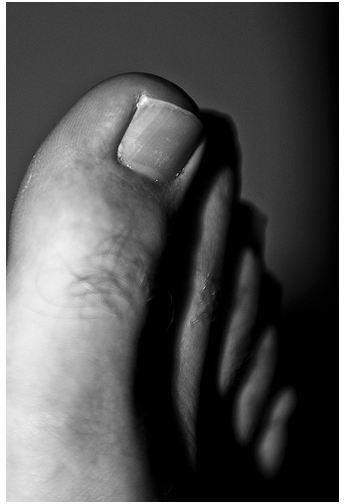Treating Arthritis of the Big Toes
Hallux Rigidus
When arthritis strikes the big toe, the joint at the base of the toe is no longer moving with ease and comfort because the protective layer of cartilage has cracked or has begun to wear away. Bone rubs on bone, causing new bone tissue to form for the purpose of stopping the destructive movement. The results are pain, difficulty bending the toe, stiffness, and enlarged joints–otherwise known as hallux rigidus.
Arthritis of the big toes is so troubling because this joint is used all of the time. Walking, standing, climbing, stooping–all of these movements become difficult and painful. Surgery is a common form of treatment for hallux rigidus. People have also responded well to less invasive tactics. Keep in mind that the condition will worsen no matter what treatment method is used. But with proper care and possibly surgical intervention, the symptoms can be managed.
Reducing Symptoms Without Surgery
Talk with your podiatrist about treatment options. Surgery is generally only used if other therapies do not not help. But it is also possible that the condition has already progressed so much that surgery is necessary right away. If you have arthritis in this toe joint (or anywhere), your doctor may suggest several methods for dealing with the complications of hallux rigidus.
For instance, changing footwear will probably be recommended. As the joint can become larger with bone spurs and the toe has trouble with regular movement, normal shoes may no longer be sufficient. Possible shoe modifications include a shoe with a large toe box to decrease pressure, or shoes with stiff soles–also known as rocker-bottom soles.
Your podiatrist may also recommend simple exercises that you can do at home to increase flexibility and range of motion. Simple rest may also be suggested for relief.
Supplemental and drug therapies include:
- Glucosamine supplements
- Non-steroidal anti-inflammatory drugs such as ibuprofen
- Corticosteroid injections
Surgery
When the non-surgical methods are not enough to bring relief or if the arthritis has led to a deformity, surgery may be necessary. Big toe surgery may involve preserving the joint or destroying the joint. Bone spurs may be removed, as well as part of the joint or a lower part of the toe bone. These procedures may relieve symptoms, although stiffness generally returns in about two years.
Joint implants are available, although they only last several years and are only practical for less active patients. Joint fusion is used in advanced cases. This will alter your gait and may cause pain with other areas of the foot. But depending on how serious your case of hallux rigidus is, this may seem like a desirable option.
Arthritis of the big toes is inevitably painful and troublesome. By working with your doctor and investigating treatment options, it is possible to relieve the pain and discomfort and still have use of your toes.
References
Premier Podiatry: https://www.premierpodiatry.com/advice-centre/conditions/arthritis-of-the-big-toe.htm
American College of Foot and Angle Surgeons: https://www.foothealthfacts.org/footankleinfo/hallux-rigidus.htm
Photo by Andy Cox (CC/flickr): https://www.flickr.com/photos/andycoxphotog/3526560616/sizes/m/in/photostream/
